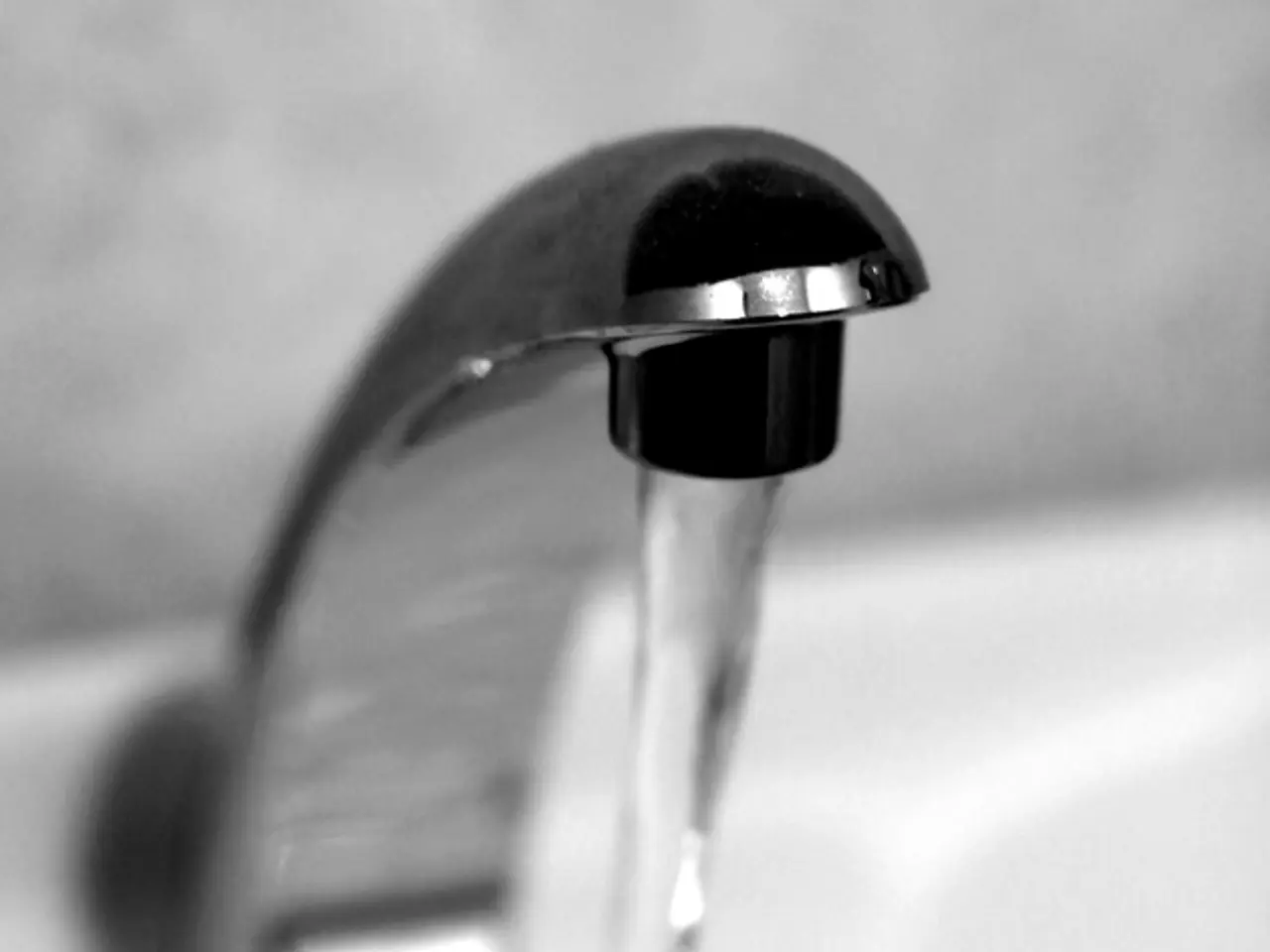The true level of danger hidden within our daily water intake?
In recent years, there has been a growing concern over the presence of pharmaceutical residues in our drinking water. Various drugs, such as diclofensac and ibuprofen, used for rheumatism and pain relief, have been found in our water supplies.
These pharmaceutical preparations pass through the human body, get metabolized, and end up in sewage canals. They then make their way to wastewater treatment plants, which are often overwhelmed by the amount of chemical substances they face today. As a result, the detoxification efficiency of these plants is questionable, and toxic remnants of medication consumption often bypass the filters.
Contrast agents used in X-rays, cholesterol-lowering medications like clofibric acid, and even synthetically produced sex hormones from oral contraceptives and menopause treatments have been detected in our drinking water. The ubiquitous presence of pharmaceutical residues in water sources is not a paranoid fantasy, but a grim reality.
The potential health risks associated with consuming these residues are alarming and require further investigation and action. The effects of consuming a variety of pharmaceutical residues in drinking water are not well understood due to a lack of reliable studies. However, the flood of female sex hormones in drinking water may be linked to a decrease in sperm count and an increase in testicular cancer in men.
Moreover, these toxic remnants can reappear in the food chain somewhere down the line, posing a potential risk to human health. This toxic cocktail of metabolized medication residues in tap water is a growing concern, as it should probably only be available by prescription.
Relevant authorities, including environmental protection agencies, public health departments, and water utility regulatory bodies, need to take action to ensure the safety of our drinking water. The consortium responsible for drinking water is developing effective filtration systems, but it will take time before these are implemented and proven effective.
It is essential for citizens to be aware of this issue and take precautions where possible. Many citizens regularly consume various pharmaceutical preparations, including dietary supplements, over-the-counter medicines, and prescription-only drugs. These substances can end up in our drinking water, and it is crucial to dispose of them responsibly.
In conclusion, the presence of pharmaceutical residues in our drinking water is a significant public health issue that requires immediate attention and action from authorities and citizens alike. Further research is needed to understand the long-term effects of these residues on human health, and effective filtration systems must be implemented to ensure the safety of our drinking water.
Read also:
- Peptide YY (PYY): Exploring its Role in Appetite Suppression, Intestinal Health, and Cognitive Links
- Toddler Health: Rotavirus Signs, Origins, and Potential Complications
- Digestive issues and heart discomfort: Root causes and associated health conditions
- House Infernos: Deadly Hazards Surpassing the Flames








